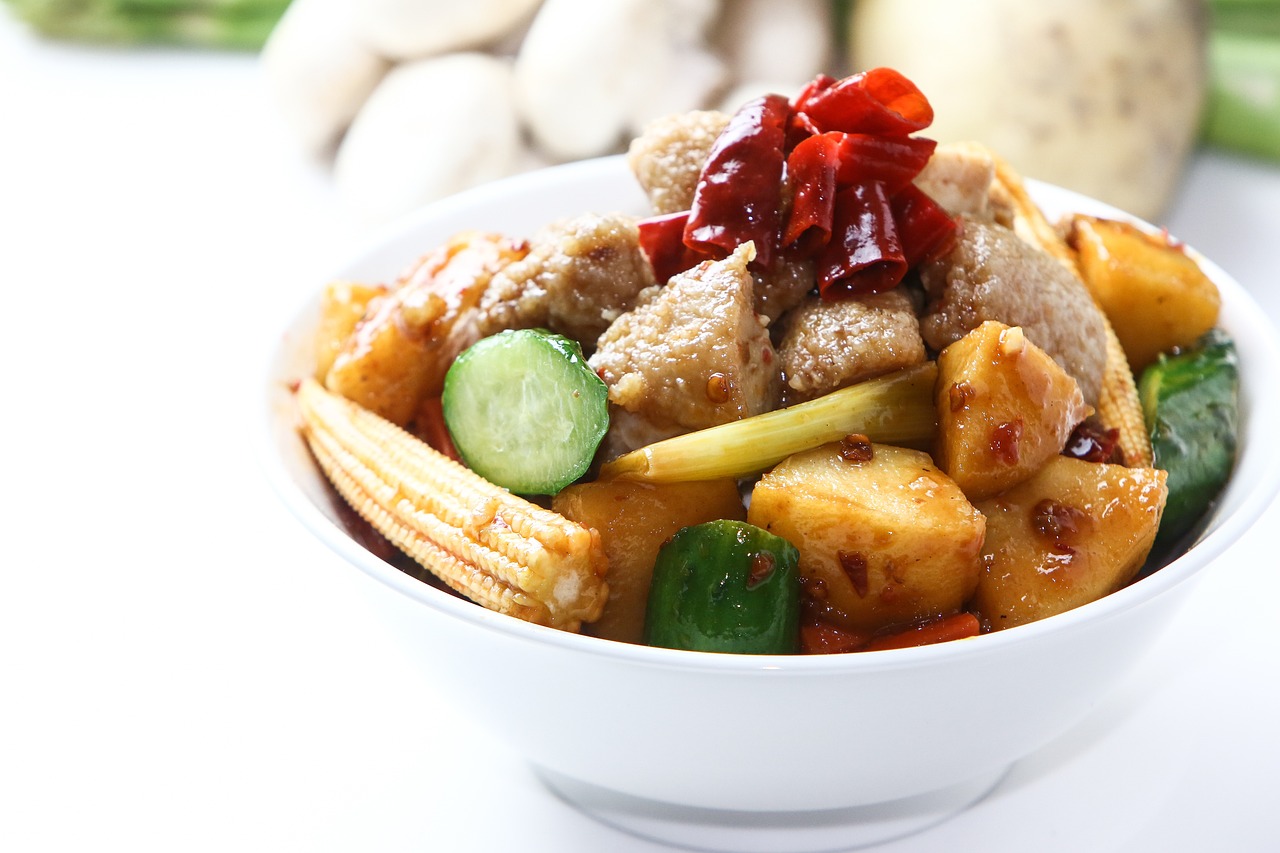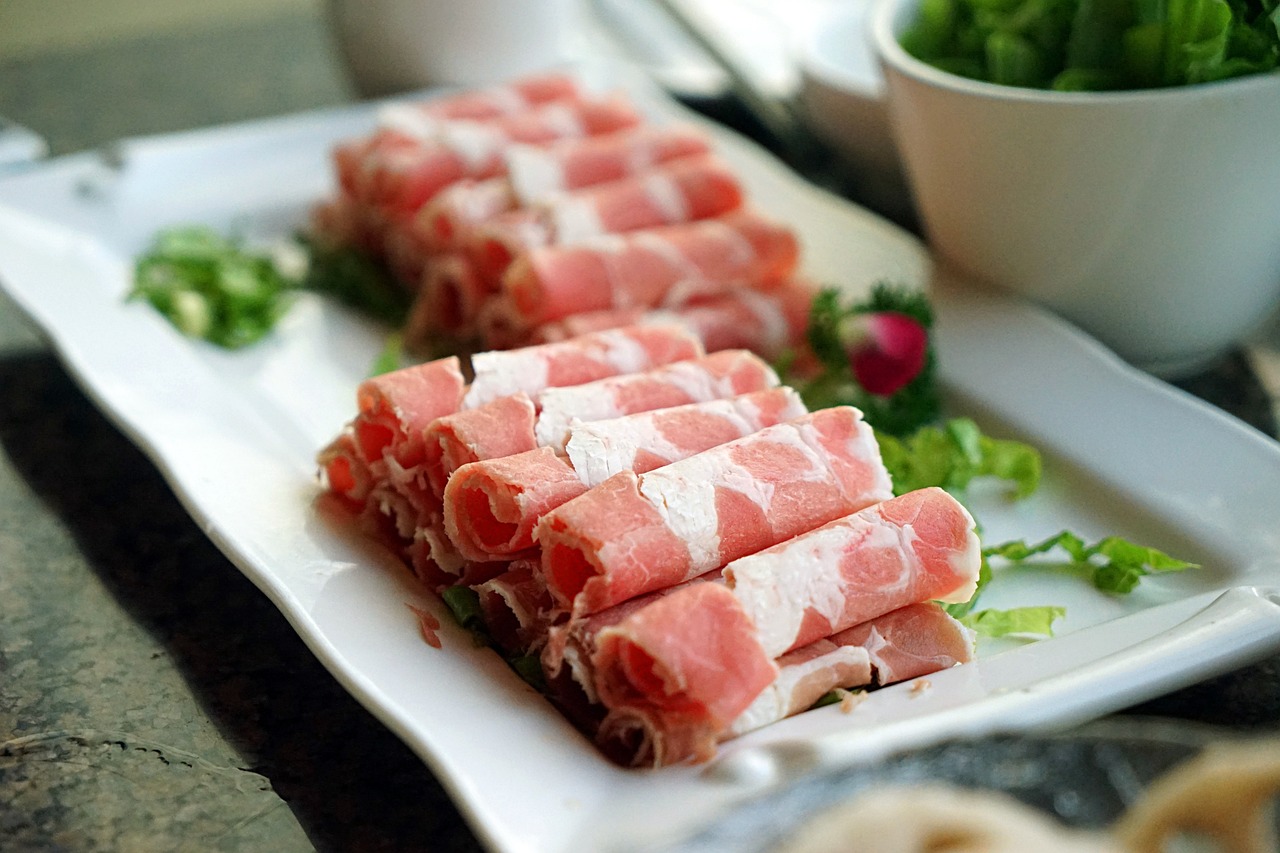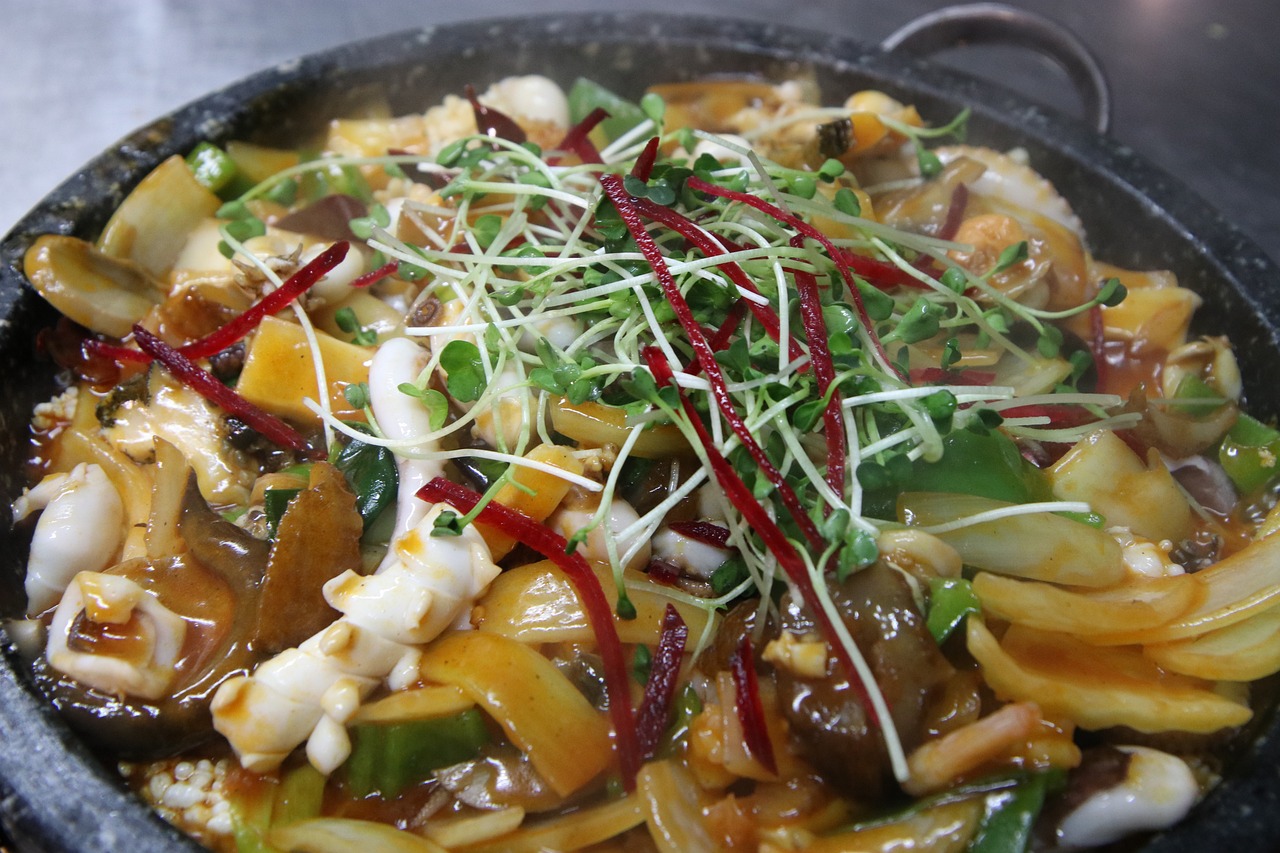Chinese Hot Pot: Interactive and Flavorful Dining Experience

Chinese hot pot is not just a meal; it's an experience that brings people together around a simmering pot of flavorful broth, creating a communal and interactive dining affair. This traditional dining style allows diners to cook a variety of fresh ingredients right at the table, ensuring a personalized and engaging culinary journey for all.
History of Hot Pot in China
The history of hot pot in China dates back centuries, originating as a simple and practical way of cooking food. Legend has it that hot pot was created during the Eastern Han Dynasty, around 25-220 AD, where it was used as a way to warm up soldiers during cold winters. Over time, hot pot evolved from a survival meal to a popular dining experience enjoyed by people from all walks of life.
As the popularity of hot pot spread across China, different regions developed their own variations, each with unique broths and ingredients. Sichuan hot pot is known for its fiery and numbing broth made with Sichuan peppercorns and chili peppers, while Cantonese hot pot features a light and clear broth that allows the natural flavors of the ingredients to shine through.
Hot pot became not just a way of cooking food, but a social and communal activity where friends and family gather around a steaming pot to share a meal. It symbolizes togetherness and unity, as diners cook and enjoy the meal together, creating a bond over the shared experience of hot pot.
Today, hot pot has become a beloved culinary tradition in China and beyond, with restaurants specializing in various styles of hot pot popping up all over the world. It continues to evolve and adapt to modern tastes, but its essence remains the same - a flavorful and interactive dining experience that brings people together over a simmering pot of broth.
Types of Hot Pot Broths
When it comes to hot pot, the variety of broths available is truly impressive, offering a diverse range of flavors to suit every palate. Let's dive into the world of hot pot broths and explore the different types that you can savor:
- Spicy Sichuan Broth: Known for its fiery kick, the spicy Sichuan broth is infused with numbing Sichuan peppercorns and fiery chili peppers, creating a bold and intense flavor profile that is not for the faint of heart.
- Mild Herbal Broth: On the opposite end of the spectrum, the mild herbal broth is a soothing and fragrant option, simmered with a medley of herbs and aromatics to create a gentle and comforting base for your hot pot ingredients.
- Tomato Broth: For a tangy and refreshing twist, the tomato broth is a popular choice that adds a hint of acidity and sweetness to the hot pot experience, complementing a variety of ingredients beautifully.
- Mushroom Broth: Earthy and rich, the mushroom broth is a vegetarian-friendly option that is packed with umami flavors, making it a hearty and satisfying choice for those looking for a meat-free hot pot experience.
Each type of broth brings its own unique characteristics to the table, allowing diners to customize their hot pot experience based on their preferences. Whether you crave a spicy kick, a comforting herbal blend, or a tangy twist, there is a hot pot broth out there to satisfy your taste buds. So, next time you sit down for a hot pot meal, don't be afraid to explore the diverse world of broths and discover your favorite flavor combination!
Selection of Ingredients
When it comes to the selection of ingredients for a Chinese hot pot feast, the options are truly endless. From succulent meats to fresh seafood, a variety of vegetables, and delightful noodles, each ingredient plays a crucial role in enhancing the overall flavor and experience of the meal. Let's dive into the exciting world of hot pot ingredients and how they contribute to creating a memorable dining experience.
Meats are a staple in hot pot dining, offering a rich and savory element to the simmering broth. Thinly sliced beef, tender lamb, and flavorful pork are commonly found on hot pot menus, providing diners with a range of options to suit their preferences. These meats cook quickly in the broth, absorbing the flavors and adding depth to each bite. Additionally, options like meatballs and thinly sliced tripe can add texture and variety to the hot pot spread.
Seafood lovers rejoice in the abundance of options available for hot pot. Fresh shrimp, delicate fish fillets, plump scallops, and squid rings all make excellent choices for seafood enthusiasts looking to add a taste of the ocean to their hot pot experience. The seafood cooks rapidly in the bubbling broth, retaining its natural sweetness and briny essence, creating a delightful contrast to the other ingredients.
Vegetables play a crucial role in balancing the richness of the meats and seafood in hot pot. Leafy greens like spinach and bok choy, along with crunchy mushrooms, sliced lotus root, and vibrant bell peppers, offer a refreshing and healthy component to the meal. These vegetables not only add color and texture but also provide essential nutrients, making hot pot a well-rounded dining option for health-conscious individuals.
Noodles are a beloved addition to hot pot, offering a hearty and satisfying element to the meal. Whether it's silky glass noodles, chewy udon, or thin rice vermicelli, noodles soak up the flavors of the broth and provide a comforting base for the other ingredients. Diners can enjoy slurping up the noodles along with the broth, creating a harmonious blend of flavors and textures in each bite.
For those looking to add an extra kick to their hot pot experience, condiments and dipping sauces are essential. Tangy soy sauce, spicy chili oil, fragrant sesame paste, and zesty vinegar are just a few options available to customize the flavor of each bite. Diners can mix and match sauces according to their preferences, creating unique combinations that elevate the overall taste of the hot pot.
Hot Pot Etiquette and Tips
When it comes to enjoying a traditional Chinese hot pot experience, there are certain etiquettes and tips to keep in mind to make the most out of this interactive and flavorful dining experience. Here are some essential guidelines to follow:
Cooking Times: Different ingredients require varying cooking times in the hot pot. Ensure you are aware of the recommended cooking times to avoid overcooking or undercooking your food. For example, thinly sliced meats may cook in seconds, while root vegetables may need a bit more time.
Dipping Sauces: One of the highlights of hot pot dining is the selection of dipping sauces. Create your own dipping sauce by mixing soy sauce, sesame oil, vinegar, garlic, and chili oil according to your taste preferences. Experiment with different combinations to find your favorite flavor.
Communal Dining: Hot pot is a communal dining experience where everyone shares the same pot. Be mindful of others at the table and avoid using your personal chopsticks or utensils to pick up food from the communal pot. Use the provided utensils to transfer cooked food to your bowl.
Respectful Sharing: When dining with a group, it's essential to share the ingredients evenly and considerately. Avoid hogging all the premium cuts of meat or seafood and make sure everyone gets a fair share of the delicious offerings in the hot pot.
Flavorful Broth: The broth in the hot pot is the foundation of the meal's flavor. As the meal progresses, the broth becomes richer and more flavorful from the ingredients cooked in it. Towards the end of the meal, enjoy the broth as a comforting soup full of umami goodness.
Cleansing Your Palate: Between different ingredients or courses, cleanse your palate by sipping on hot tea or munching on pickled vegetables. This practice helps refresh your taste buds and enhances the overall dining experience.
Engage with Others: Hot pot dining is not just about the food; it's also about the social interaction and bonding with your dining companions. Engage in lively conversations, share cooking tips, and enjoy the experience of cooking and eating together.
Experiment and Have Fun: Don't be afraid to try new ingredients, broths, or dipping sauces. Hot pot is all about experimentation and customization. Have fun exploring different flavor combinations and discovering your own unique hot pot preferences.



 HazalVardal
HazalVardal 





